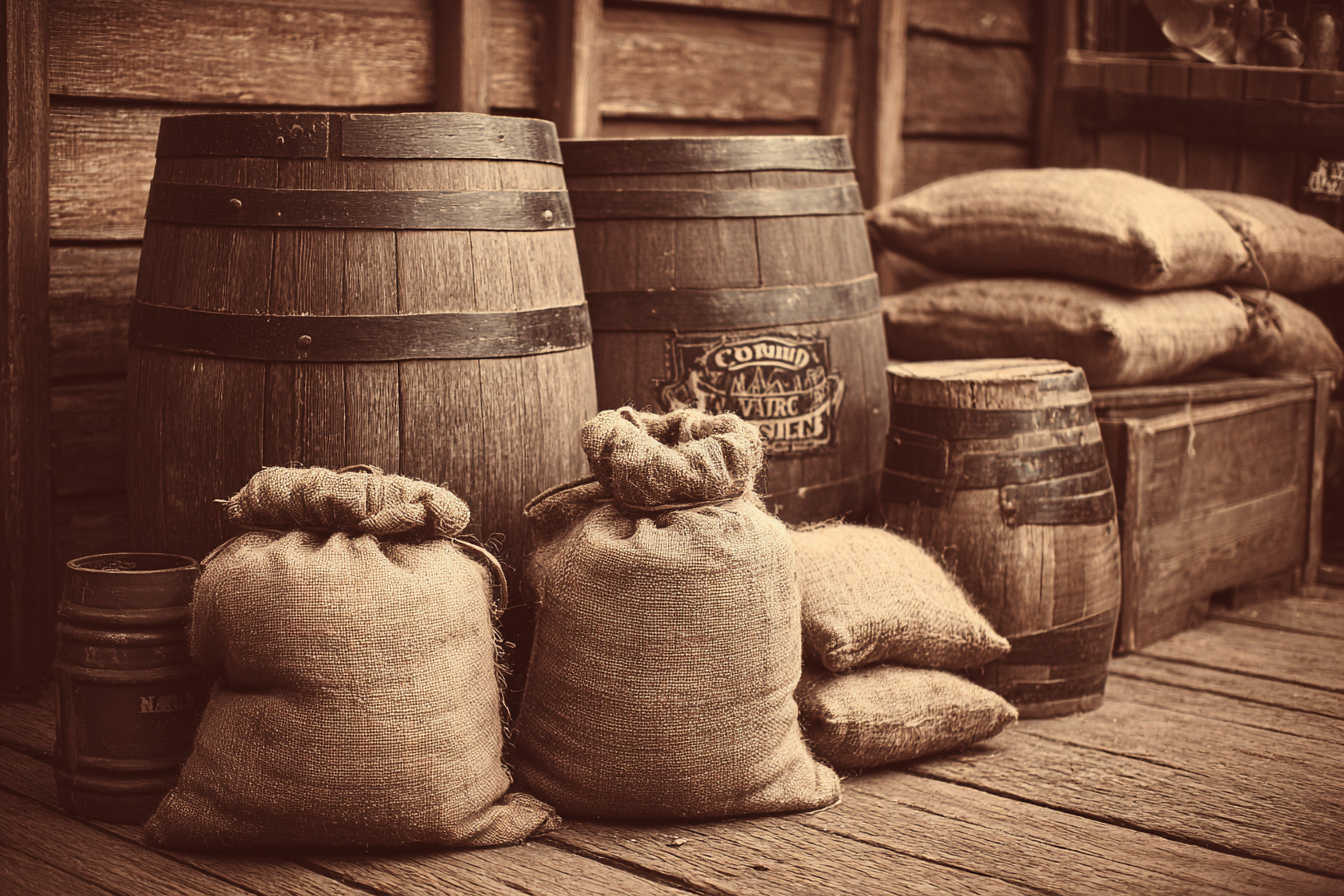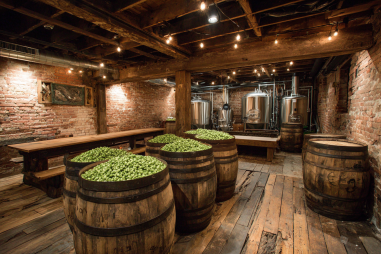Smoked beer, with its rich, smoky aroma and distinctive flavor profile, has increasingly captured the attention of beer lovers across America. But this unique beer style is far from a modern craft beer invention. The history of American smoked beer is a fascinating journey from centuries-old European brewing traditions to bold, innovative brewers redefining the style today. Let’s explore how smoked beers traveled across the Atlantic, evolved through different eras, and blossomed into the smoky sensations enjoyed in the U.S. craft beer scene.
Origins of Smoked Beers in Europe
The roots of smoked beer trace back hundreds of years to Europe, primarily Germany’s historic Franconian region. Traditionally known as “Rauchbier,” or smoked beer in German, this style emerged out of necessity and local brewing conditions. Before the advent of modern kilns, malted barley was dried over open flames, infusing the grains with distinct smoky flavors.
One of the most renowned examples is the Rauchbier from Bamberg, Germany. Here, brewers used beechwood to dry their malt, which imparted complex aromas reminiscent of smoked bacon or roasted wood. This method created a deeply layered beer, often enjoyed alongside hearty food. Rauchbier remained a local specialty for centuries, treasured for its rustic character and connection to traditional brewing methods.
Early Introduction of Smoked Beer in America
When European settlers arrived in America, they brought their brewing knowledge with them, including recipes and techniques for various beer styles. While lager and ale brewing became widespread, smoked beer initially had a more limited presence in the emerging American beer scene.
Several factors contributed to this. For one, the local American maltsters quickly adopted newer drying technologies that minimized smoke flavor, favoring cleaner malt profiles. Also, the smoky character was sometimes associated with poor quality or impurities by American consumers unfamiliar with the tradition. Nonetheless, some German immigrants and their communities kept the style alive in select places, maintaining a thread of smoked beer experience in America – albeit on the fringes.
Evolution Through the Craft Beer Movement
The true renaissance of smoked beer in the U.S. came with the craft beer movement from the late 20th century onward. Craft brewers began exploring forgotten or niche beer styles as they experimented with diverse ingredients and techniques. Smoky malt and other wood-influenced flavors became tools for creating more complex beers.
This period saw American brewers embracing smoked beer as both homage to tradition and a springboard for innovation. Instead of merely replicating the German Rauchbier style, creative breweries developed iterations infused with American flavors—different woods for smoking malt, unique yeast strains, and blending techniques. This experimentation gradually expanded the smoky beer category beyond its historical confines.
Key Breweries and Milestones in American Smoked Beer
Several American breweries have played pivotal roles in popularizing and elevating smoked beer. Here are some key milestones:
- Schlenkerla (Imported Traditions): Although based in Bamberg, Germany, Schlenkerla Rauchbier’s export to the U.S. helped introduce authentic smoked beer to American consumers and craft brewers.
- AleSmith Brewing Company: Located in San Diego, AleSmith produced noteworthy smoked beers that combined the classic smoky flavor with modern American brewing clarity.
- Stone Brewing: Known for bold beers, Stone crafted smoky varieties that embraced hops and malt complexity, showing how smoked beer can be dynamic and layered.
- Great Lakes Brewing Company: This Cleveland brewery revived various historical styles including smoked porters that got critical acclaim.
- Local and regional microbreweries: Across the U.S., smaller brewers introduced creative smoked beers, from smoked IPAs to barrel-aged versions incorporating smoke nuances.
Such milestones underscore the growing acceptance and popularity of smoked beer in the American craft beer landscape.
How Tradition Blends with Innovation
Today’s American smoked beers embody a beautiful balance between respect for traditional methods and fearless innovation. Brewers often start with the classic concept of smoked malt, but then experiment with:
- Types of wood used for smoking: Beyond the traditional beechwood, woods like cherry, oak, hickory, and mesquite add new smoke character.
- Blending and aging: Smoked beers may be mixed with non-smoked batches or barrel-aged for added complexity.
- Hybrid styles: Integrating smoked malt into IPAs, stouts, porters, or sours to introduce smoky elements without overwhelming the base style.
- Fresh hops and malt combinations: Using diverse malt bills and hop varieties that marry well with smoky notes.
This fusion highlights smoked beer not only as a rediscovered heritage but as a vibrant, evolving style.
Current Trends and Future of Smoked Beer
Smoked beer’s popularity has surged in recent years, thanks in part to adventurous drinkers seeking bold, memorable flavors. Current trends include:
- Sessionable smoked beers: Lower ABV smoked beers designed for easy drinking without losing complexity.
- Smoke-infused barrel aging: Combining smoke with bourbon or wine barrel aging to produce multidimensional beers.
- Collaborations: Breweries teaming with woodworkers or meat producers to create thematic smoked beer experiences.
- Smoked malt production innovations: Use of cleaner and more controlled smoking methods to fine-tune flavor intensity.
- Growing educational efforts: Tasting events and brewery tours specifically devoted to smoked beer appreciation and history.
Looking ahead, smoked beer is well positioned to remain an adventurous niche for craft brewers, with potential new styles and techniques continuously pushing boundaries.
Honoring the Legacy and Moving Forward
The history of American smoked beer is a rich tapestry woven from European tradition and American ingenuity. From the smoky malt kilns of Bamberg to the innovative craft breweries across the United States, smoked beer has endured and thrived by adapting to new palates and brewing technologies. This style’s heritage invites us to appreciate its origins while celebrating the creative risks brewers take today.
For beer enthusiasts, exploring smoked beer is a journey through time and taste—transcending cultures and showcasing the power of smoke to transform simple ingredients into an extraordinary sensory experience. As the craft beer movement continues to evolve, smoked beer remains a vibrant testament to tradition and innovation united.







